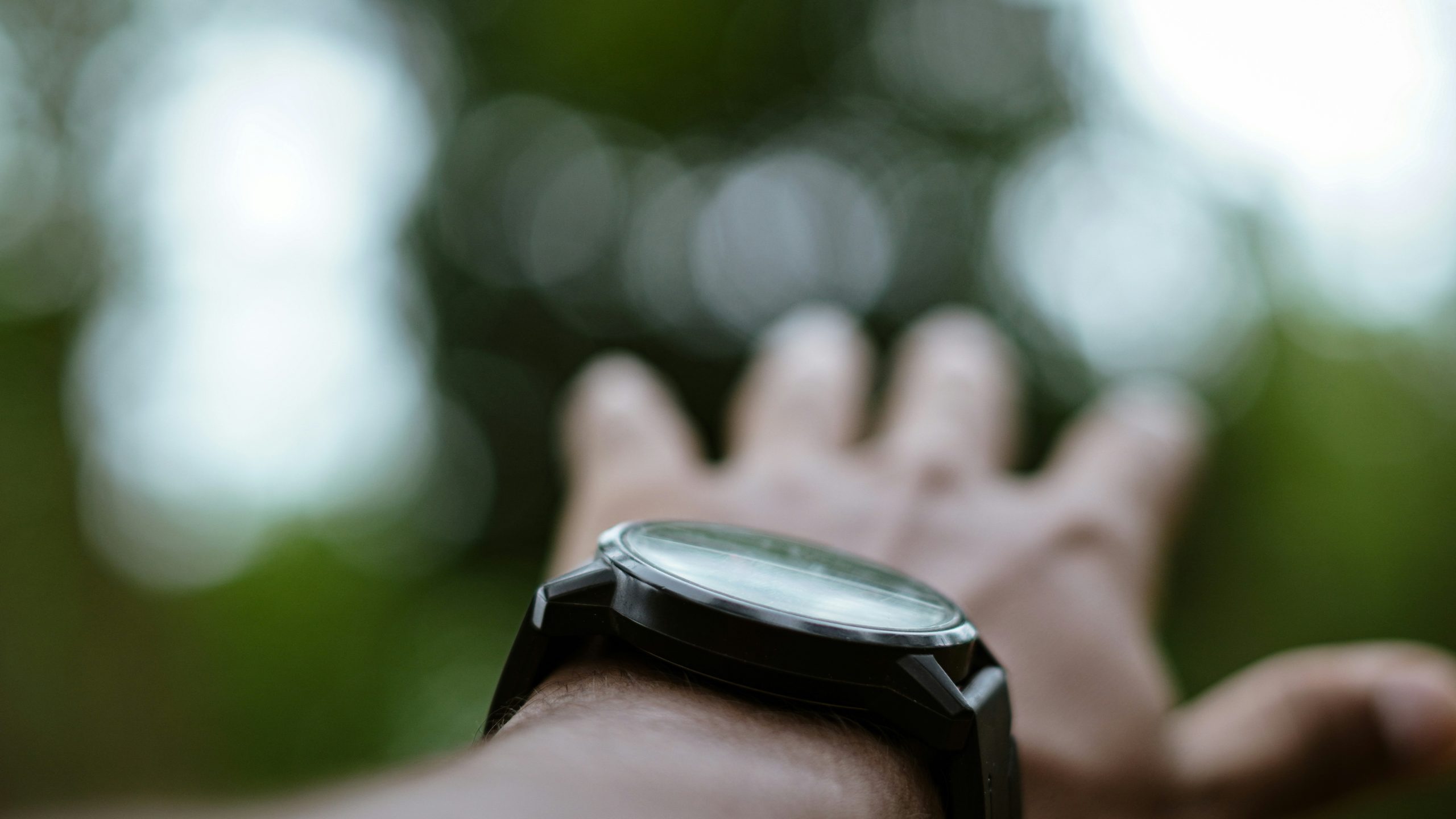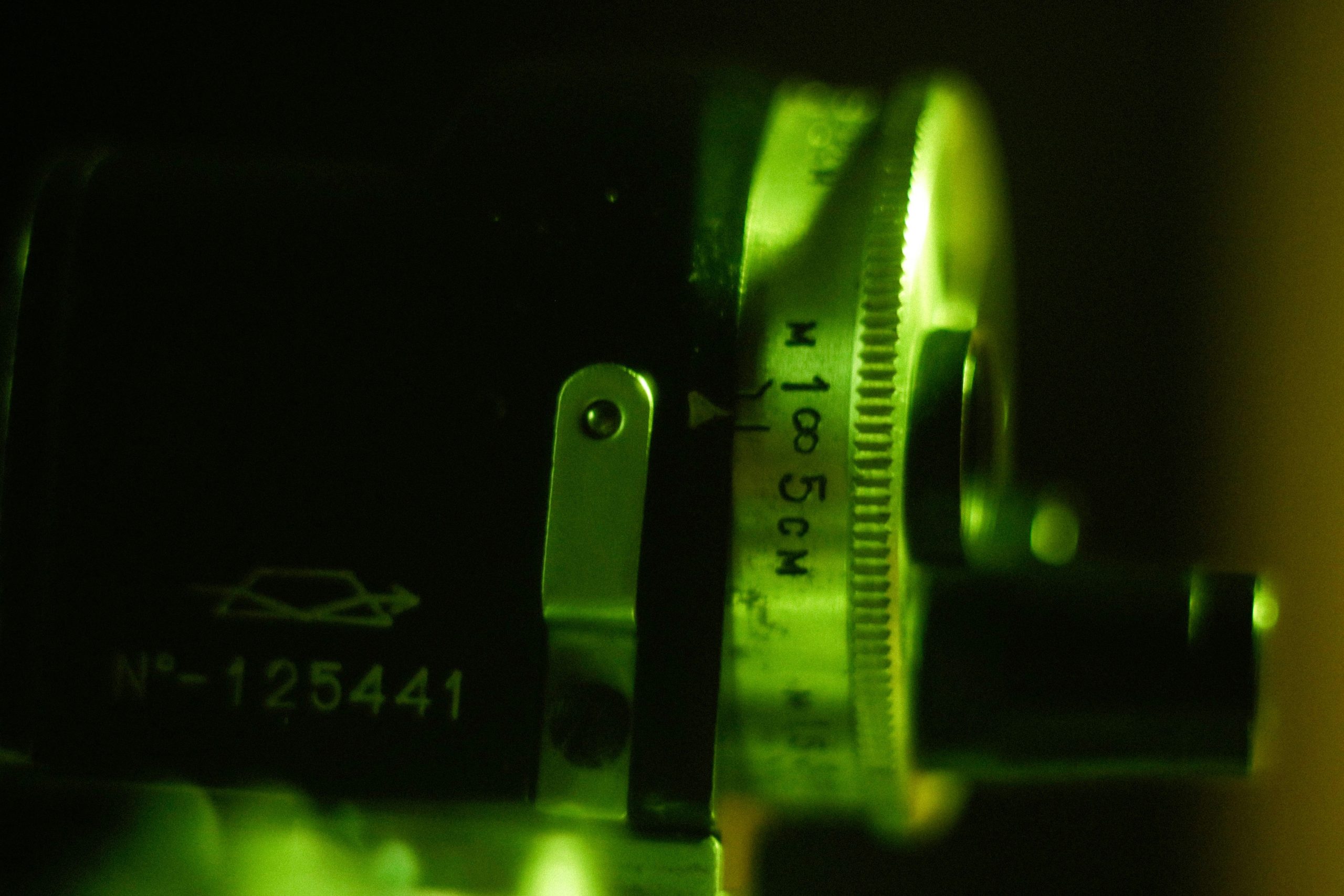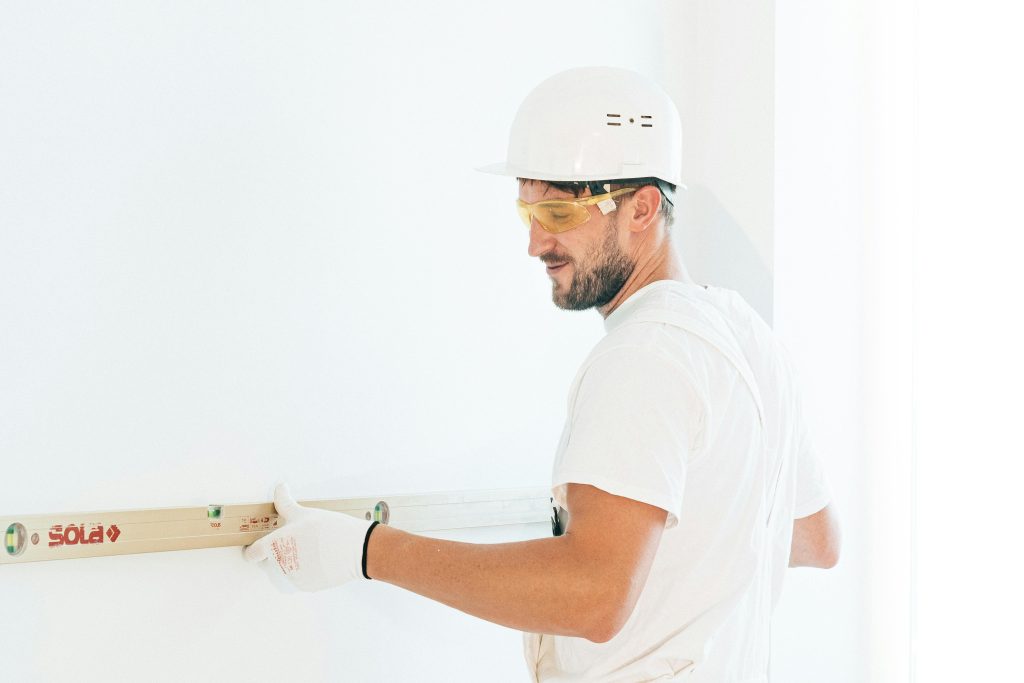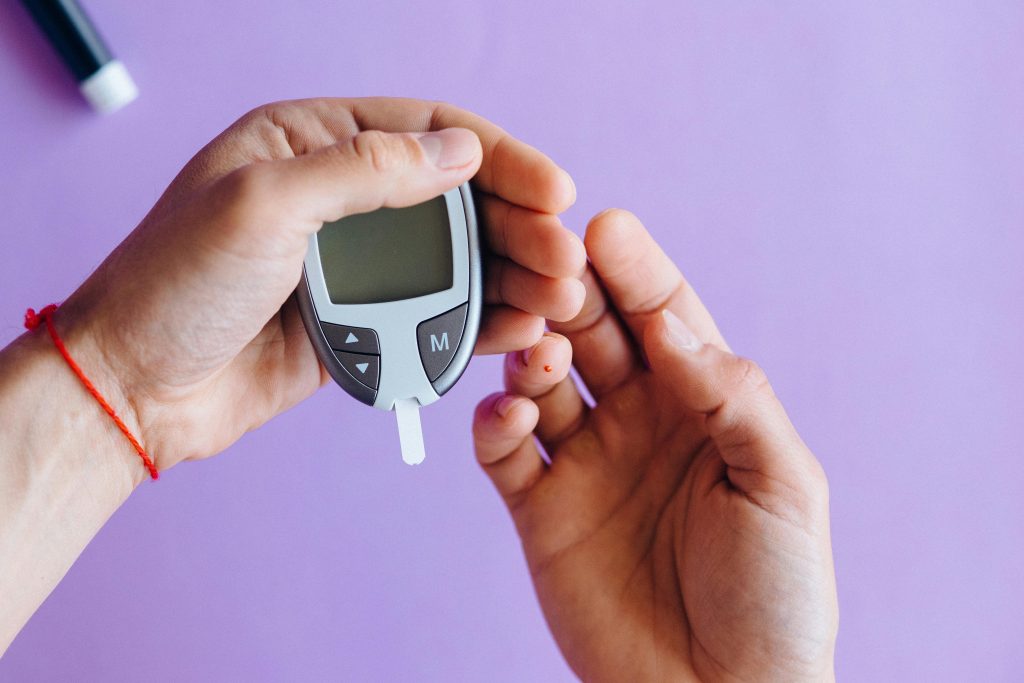Ever stood on a mountain peak, proudly checking your altimeter watch, only to realize it’s off by hundreds of feet? You’re not alone. For adventurers and outdoor enthusiasts, altimeter accuracy is no joke—it can mean the difference between nailing that summit selfie or wandering into a dangerous area. But here’s the kicker: most people don’t even know *how* accurate their altimeter truly is.
In this guide, we’ll dive deep into the world of altimeter watches, exploring how they work, why accuracy matters, and—most importantly—how to ensure you’re always getting reliable data. Expect to learn about common pitfalls, actionable tips, and real-world examples that blend technology with outdoor adventure.
Table of Contents
- Why Altimeter Accuracy Matters
- Step-by-Step Guide to Testing Your Altimeter
- Pro Tips for Improving Altimeter Accuracy
- Real-World Case Studies
- FAQs About Watch Altimeters
Key Takeaways
- Altimeter accuracy depends on calibration, environmental factors, and sensor quality.
- Poorly calibrated altimeters can lead to dangerous miscalculations in high-altitude activities.
- Barometric pressure changes are a leading cause of inaccuracies—but there’s a fix!
- Modern wearables often combine GPS with barometric sensors for improved precision.
Why Altimeter Accuracy Matters (And Why You Should Care)

Let me paint a picture: I once went hiking in the Rockies, confident my fancy new watch would guide me safely to the summit. Halfway up, though, I noticed something weird—my altimeter said I was 500 feet lower than expected. Turns out, a sudden weather front had messed with the barometric pressure readings. Ugh, talk about a face-palm moment!
“Optimist Me:” “Oh, it’s just an app—I’ll figure it out later!”
“Grumpy Me:” “Nope, you absolutely need to understand this now—or risk getting lost.”
Altimeter accuracy isn’t just about bragging rights; it’s crucial for safety, especially when navigating unfamiliar terrain. Whether you’re climbing mountains, skiing down slopes, or flying drones, your device needs to give precise readings every time.
Step-by-Step Guide to Testing Your Altimeter’s Accuracy

Testing your watch altimeter might sound intimidating, but trust me—it’s easier than assembling IKEA furniture. Follow these steps:
Step 1: Start With A Known Elevation
Find a location where the exact elevation is publicly available, such as trailhead markers or airport runways. Compare your watch’s reading to the known value.
Step 2: Calibrate Using Current Weather Data
Many modern altimeter watches allow manual input of local barometric pressure. Grab current data from a reliable weather station near you and update your watch accordingly.
Step 3: Verify Across Multiple Locations
To double-check consistency, move between different elevations (like base camp vs. mid-trail) and compare results at each point.
Step 4: Document Variations
Note any discrepancies along the way. These insights will help you decide whether recalibration or replacement is necessary.
Pro Tips for Improving Altimeter Accuracy

Tip #1: Regular Calibration Is Non-Negotiable
Don’t skip routine checks—even small shifts in barometric pressure can throw off readings significantly.
Tip #2: Avoid Overreliance on One Sensor
If possible, use devices that integrate both GPS and barometric sensors. This dual approach minimizes errors caused by single-sensor limitations.
Tip #3: Beware of Environmental Interference
Weather conditions play havoc with altimeters. Always cross-reference your watch data against physical landmarks or other tools.
A Terrible Tip: “Just Guess Based On How Far You’ve Walked”
This one deserves its own disclaimer. PLEASE DON’T GUESS YOUR ALTITUDE. Sounds like nails on a chalkboard, right?
Real-World Case Studies: When Accuracy Saves The Day
Take the story of Sarah L., an avid mountaineer who credits her life-saving decision to test her watch altimeter before a solo expedition. During her ascent, she realized her original altimeter reading was off by over 800 feet—a discrepancy that could have led to disaster during poor visibility.
Or consider professional drone pilots who rely on integrated altimeters to ensure safe flight paths. Without proper calibration, they risk crashes—and expensive repairs.
FAQs About Watch Altimeters
Q1: What causes inaccurate altimeter readings?
Temperature fluctuations, humidity, and rapid changes in atmospheric pressure are major culprits. Always account for these variables when interpreting data.
Q2: Do cheaper watches offer better accuracy?
Not necessarily. While price can correlate with advanced features, what really matters is how well you maintain and calibrate your device.
Q3: Can I trust built-in GPS systems over barometric sensors?
The best strategy involves combining both technologies. GPS provides consistent horizontal positioning while barometric sensors excel at vertical measurements.
Q4: How often should I recalibrate my altimeter?
At least once per trip, ideally at known elevation points or whenever significant weather patterns occur.
Conclusion: Get Your Altitude Game On Point
Mastering altimeter accuracy doesn’t require rocket science—just attention to detail, regular maintenance, and a dash of skepticism toward untested gadgets. Remember, your safety (and bragging rights) depend on reliable tech.
Like Neo dodging bullets in *The Matrix,* your perfectly calibrated altimeter makes you unstoppable in the great outdoors. And hey, if all else fails, grab a map—you know, the old-school kind printed on paper!
Random Haiku Bonus:
Mountains whisper truths,
Altitudes measured in feats,
Accuracy reigns supreme.


